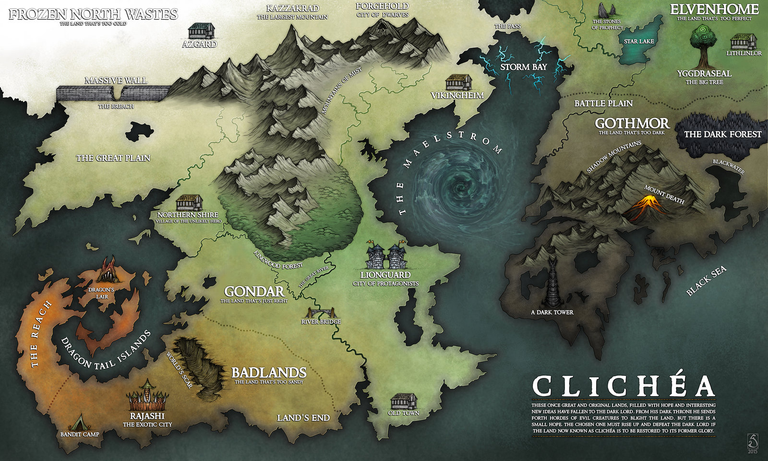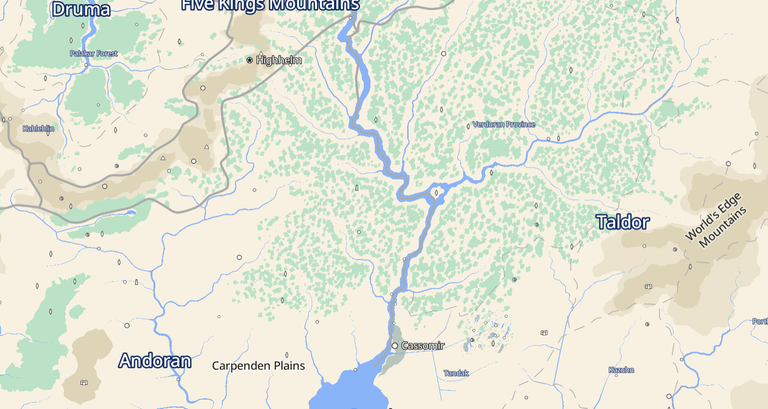Happy Sunday, everyone. To say I overslept today is an understatement. For someone who is normally up around 4 a.m., sleeping until noon is practically unheard of, but I guess my body decided I needed it!
Because my brain is still a bit foggy, I wanted to go with a simpler post today and talk about one of my favorite tools in the Game Master's toolkit: a good map.
A Map as Inspiration
Sometimes, the best way to start a new campaign is not with a story, but with a map. Finding a cool, evocative fantasy map online or even just doodling one yourself can spark dozens of ideas. That strangely shaped mountain range? Maybe it was created by a magical cataclysm. That lonely island fortress? Who built it, and what are they protecting? A good map can be a wellspring of inspiration, giving you a concrete world to start filling with quests, characters, and secrets. It also becomes a central reference point for your players, helping them feel grounded in the world and giving them a tangible way to track their epic journeys.

When to Put the Map Away
As powerful as a good world or dungeon map can be, sometimes the best map is no map at all. For certain situations, trying to draw everything out can slow the game down and stifle creativity.
- Theater of the Mind: For quick, simple combat encounters or social situations, you don't need a detailed grid. Just describing the scene and the relative positions of everyone is often faster and more flexible. It lets players be more descriptive with their actions without being constrained by squares on a page.
- Pointcrawls: When the journey is more important than the exact geography, a "pointcrawl" map is better than a traditional one. This is like a subway map, where locations are just nodes connected by lines. It tells the players how they can get from "The Whispering Woods" to "The Sunken City," but abstracts the actual distance and terrain, focusing on the journey and the encounters along the way.
The key, as with any tool, is knowing when to use it. A beautiful world map can inspire an entire campaign, but knowing when to set it aside in favor of a simpler approach is just as important for a smooth and imaginative game.
As always,
Michael Garcia a.k.a. TheCrazyGM



